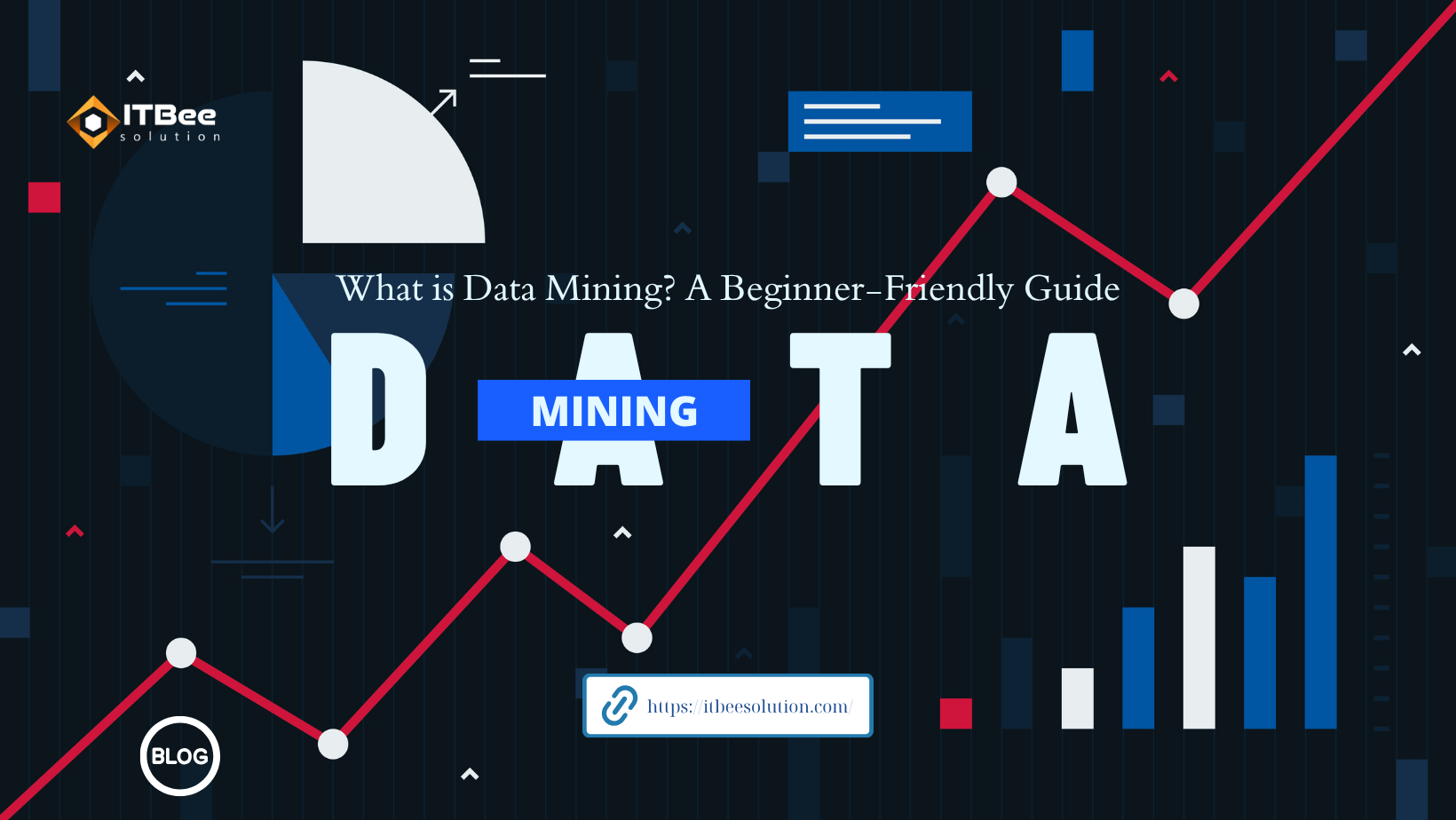
- June 27, 2025
- sadia
- 0
We are surrounded by data. From social media to online shopping, businesses collect a massive amount of information every second. But how do they make sense of it all? That’s where data mining comes in.
What is Data Mining?
Data mining is the process of analyzing large sets of data to discover patterns, trends, and useful information. It helps businesses make smarter decisions, improve customer experience, and grow faster.
In simple terms, think of data mining as digging through a mountain of data to find gold nuggets of insight.
Why is Data Mining Important?
Data mining plays a crucial role in helping organizations turn raw data into meaningful insights. By identifying patterns, relationships, and trends hidden within large datasets, businesses can gain a competitive edge. If it’s improving operations, enhancing customer engagement, or making strategic decisions, data mining enables companies to act on real-time intelligence rather than assumptions.
Here’s why companies invest in data mining:
➝ Better Decision Making – Get facts instead of guesses
➝ Understand Customers – Learn buying habits and preferences
➝ Improve Marketing – Send the right message to the right audience
➝ Increase Revenue – Find new opportunities to grow your business
How Does Data Mining Work?
While the idea of data mining may sound complex, the process follows a clear and logical flow. It involves collecting raw information, preparing it for analysis, and then using tools and techniques to discover useful patterns and insights. This helps businesses make informed, data-driven decisions.
Data mining follows a few key steps:
- Collecting Data – This includes customer data, sales records, website traffic, etc.
- Cleaning Data – Removing errors or duplicates
- Analyzing Patterns – Using software and algorithms to find connections
- Predicting Outcomes – Forecasting trends or future behavior
Tools like AI, machine learning, and analytics platforms make this process faster and more accurate.
Examples of Data Mining in Action
➝ E-commerce: Recommending products based on past purchases
➝ Banking: Detecting fraud by spotting unusual behavior
➝ Healthcare: Predicting patient illnesses and improving care
➝ Marketing: Understanding which ads perform best with different audiences
Benefits of Data Mining for Businesses
➝ Discover hidden insights
➝ Improve operational efficiency
➝ Make data-driven decisions
➝ Personalize customer experiences
➝ Boost ROI in marketing and sales
Challenges of Data Mining
While data mining offers numerous benefits, it’s not without its difficulties. As organizations dive deeper into data-driven strategies, they must also navigate several technical, ethical, and practical hurdles. Understanding these challenges is key to using data mining effectively and responsibly.
While data mining is powerful, it does come with a few challenges:
➝ Data Privacy – It’s important to protect user data
➝ Skilled Experts Needed – Data scientists and analysts are in high demand
➝ Data Overload – Sorting useful data from noise can be tough
Future of Data Mining
As technology grows, data mining will become even more advanced. With AI and machine learning, businesses will be able to make faster, more accurate decisions in real time.
Industries like retail, finance, healthcare, and even sports are already using data mining to transform the way they work.
Final Thoughts
Data mining is no longer just for tech giants. Any business that wants to stay competitive should start using data to drive smarter decisions. Whether you’re a small startup or a big brand, data mining can unlock insights that help you grow.

